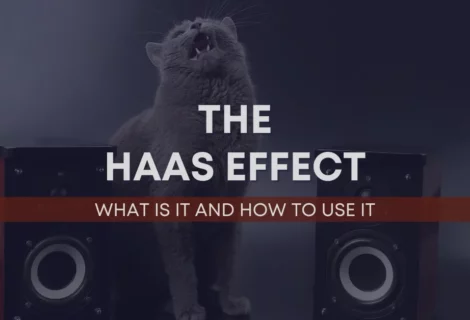
The Haas Effect: What It Is And How To Use It
The Haas effect is a critical component of sound localization and is used extensively in the field of audio engineering.

The Haas effect is a critical component of sound localization and is used extensively in the field of audio engineering.

Phantom power is a feature found on some audio mixers and interfaces that allows you to use condenser microphones with them.

Drums are one of the most important elements in a mix. They provide the backbeat and the foundation for the other instruments.

LUFS is a Loudness Unit relative to Full Scale. It is the standard unit of measurement for loudness in the audio industry.

If you’ve ever recorded music, chances are you’ve used a click track. But what exactly is a click track?

In order to produce a high-quality podcast, you need to have the right equipment. And that starts with a good microphone.

You may have heard about the microphone proximity effect in your recording endeavors, but have you ever answered the question what is it?

Distortion can be used to create several different sounds, from ‘dirty’ and ‘gritty’ to ‘smooth’ and ‘creamy’.

When it comes to studio monitors, you don’t need to spend a lot of money to get a good pair.

The debate of whether to use EQ or compression first has been around for as long as these two processing types have been used.

There are a lot of different vocal plugins on the market, and it can be hard to know which ones are the best.

Have you ever recorded a song only to find that the vocals and instruments sound thin and lackluster?